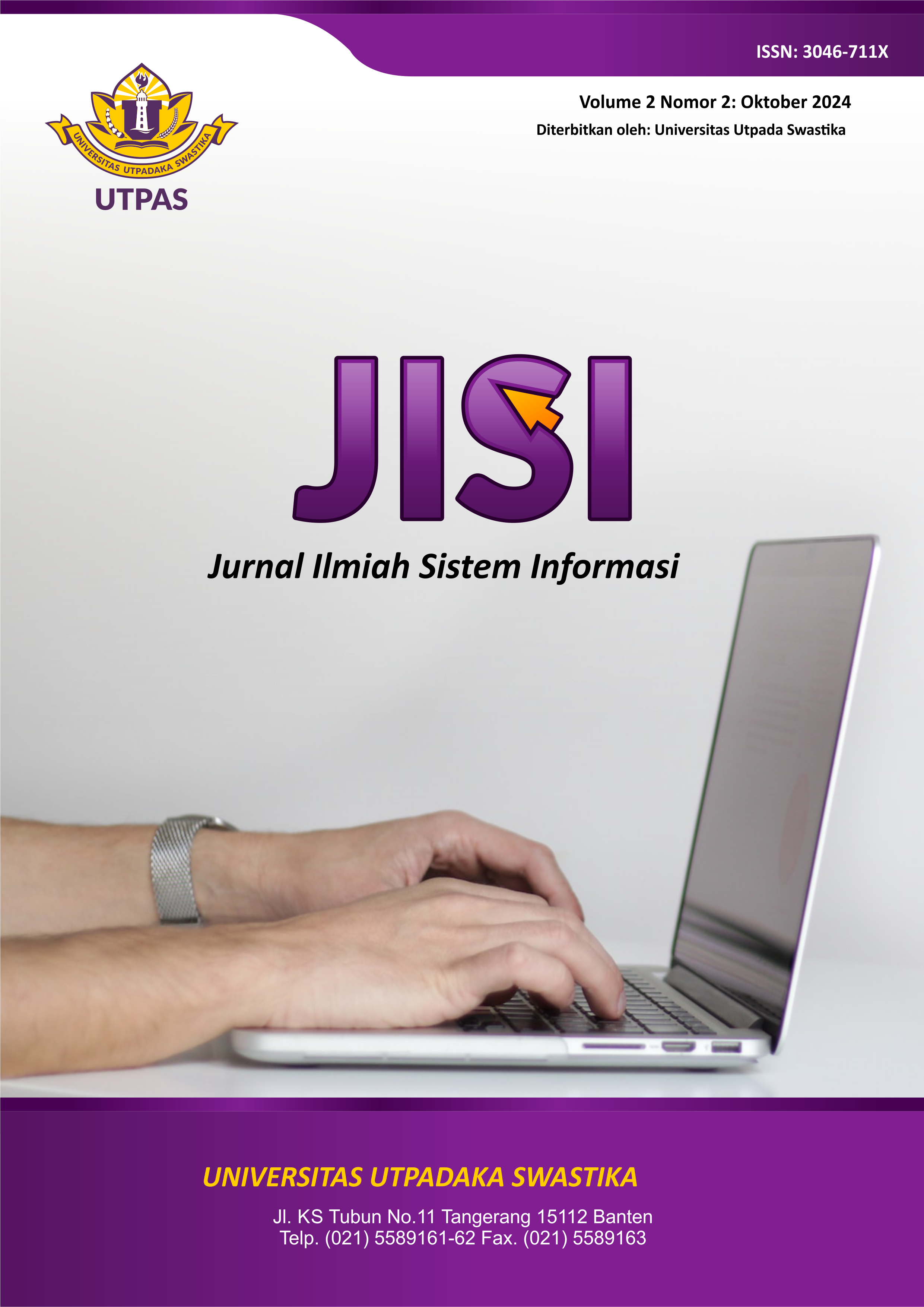DETECT CLASSIFICATION OF EMPLOYEES TENDING TO MOVE WORK WITH THE NAIVE BAYES ALGORITHM
DOI:
https://doi.org/10.70429/sjis.v2i2.143Keywords:
Employees,Classification,Workplace, Algorithm, Naive BayesAbstract
In recent years due to economic conditions and the uncertain situation of a country, many employees with a certain level of education, work experience and different countries in development and the level of income per capita of a country and several other factors cause many employees to move to a new place. the. Because there are many factors that cause employees to move careers and advances in information technology also make it difficult to predict what factors affect decision-making employees to move to work to new places. Therefore, it is necessary to know what factors and conditions or what are the employees so that they have a tendency to move to work so that the company can prevent, anticipate and immediately seek other solutions early if this condition must occur from its employees. Based on the problems described, this study discusses the classification of employees who have a tendency to change workplaces using the Naive Bayes algorithm. The goal is expected to identify the dominant factors in influencing employees to change workplaces. From the results of the research conducted by Naive Bayes, it was found that 3 dominant factors were influencing, namely the STEM area of expertise, the size of the company size and the level of education as well as the accuracy level of 80.79% and AUC 0.816.










